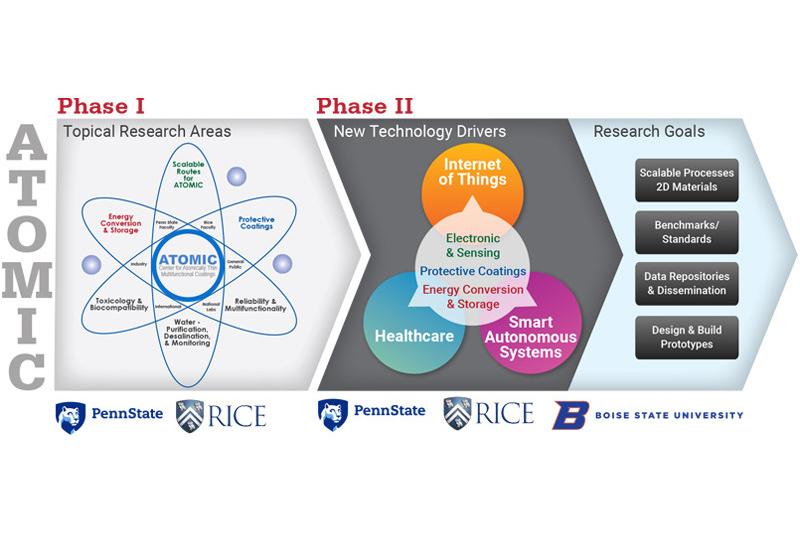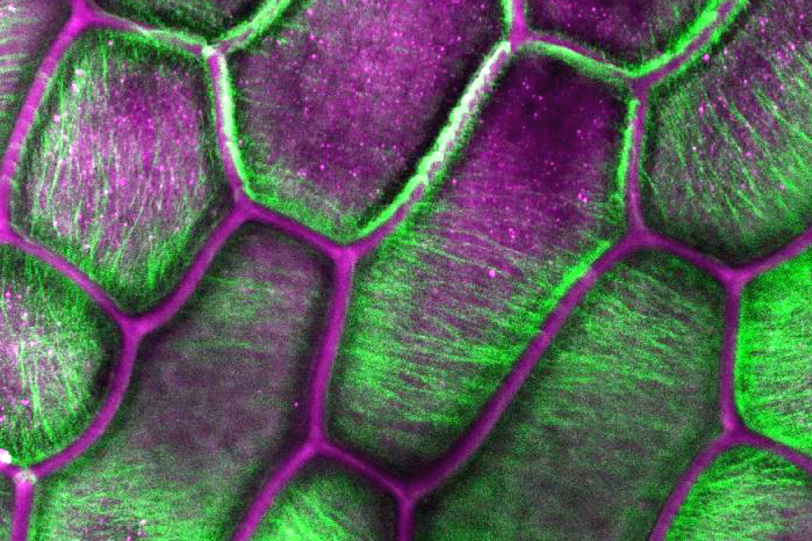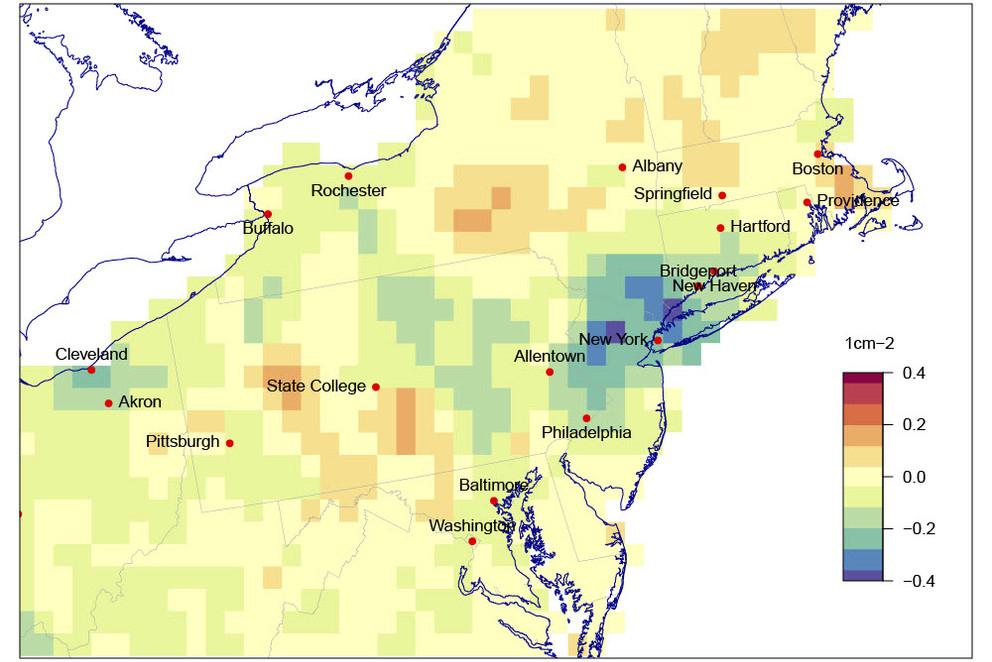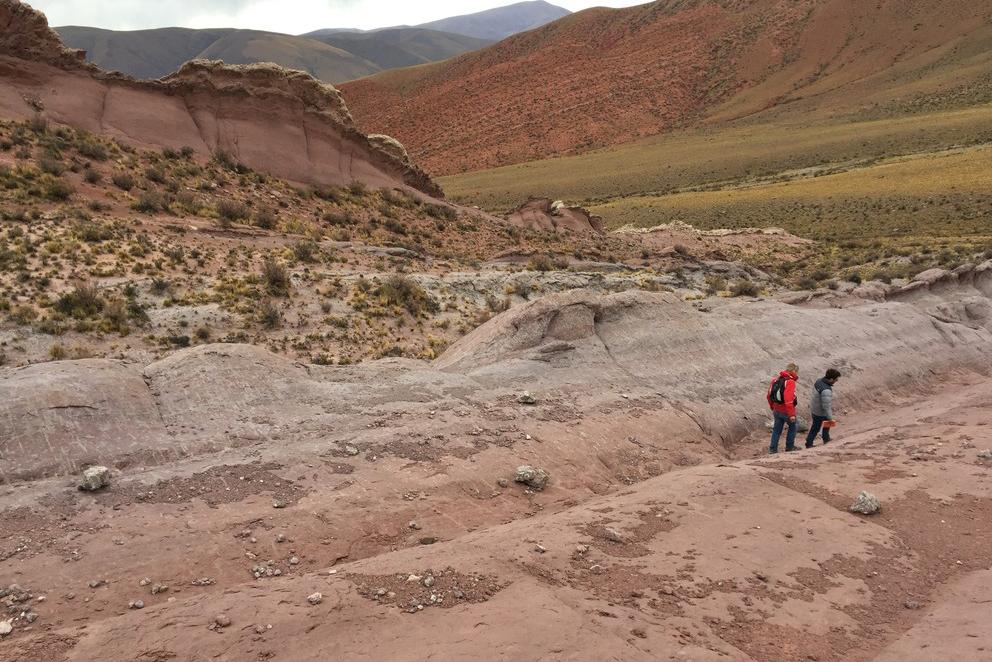Read the latest news about research conducted by investigators in the College of Earth and Mineral Sciences. Our faculty and students are continually advancing technology, creating solutions and expanding knowledge with new and innovative research.
News
The Center for Atomically Thin Multifunctional Coatings (ATOMIC), a center focused on the study and development of 2D materials that is part of the National Science Foundation’s Industry/University Cooperative Research Center project, is preparing to move from Phase I to Phase II of the program.
Penn State was selected as an official nominator for the Earthshot Prize, a competition aimed at identifying the most promising solutions to environmental challenges.
People can continue using mineral-based aerosol sunscreens without fear of exposure to dangerous levels of nanoparticles or other respirable particulates, according to Penn State research published in the journal Aerosol Science and Engineering.
A multi-institutional research group led by two Penn State faculty members has identified, for the first time, how cellulose crystals orient themselves relative to the cell wall in plants, with potential implications for chemical and energy development.
The effects of climate change are sometimes difficult to grasp, but now a virtual reality forest, created by geographers, can let people walk through a simulated forest of today and see what various futures may hold for the trees.
The measures instituted in April to help curb the spread of COVID-19 across the United States may hold clues for improving air quality, according to researchers.
Penn State has entered a memorandum of understanding (MOU) with the Colorado School of Mines to establish a collaboration designed to be responsive in supporting the United States’ need for critical minerals.
A new understanding of nanomaterials, sensor design and fabrication approaches could help advance stretchable, wearable gas sensors that monitor gaseous biomarkers in humans and toxic gas in an exposed environment, according to Penn State researchers.
A new paper, published by a team of Penn State researchers in ACS Nano, seeks to further advance photodetectors’ use by integrating the technology with durable Gorilla glass, the material used for smart phone screens that is manufactured by Corning Incorporated.
When the Paleocene ended and the Eocene began nearly 56 million years ago, Earth’s atmospheric carbon dioxide levels ranged between 1,400 and 4,000 parts per million (ppm). These carbon dioxide levels gave rise to sauna-like conditions across the planet, which scientists can now measure using tiny minerals called siderites.












